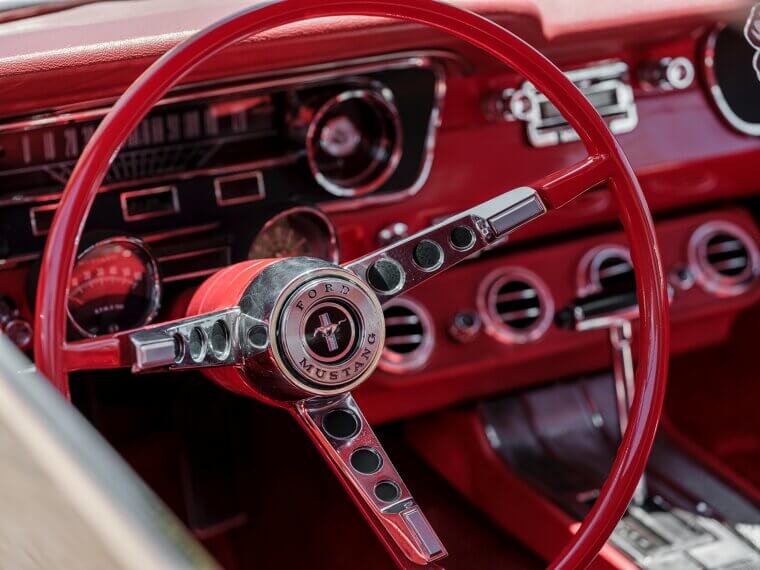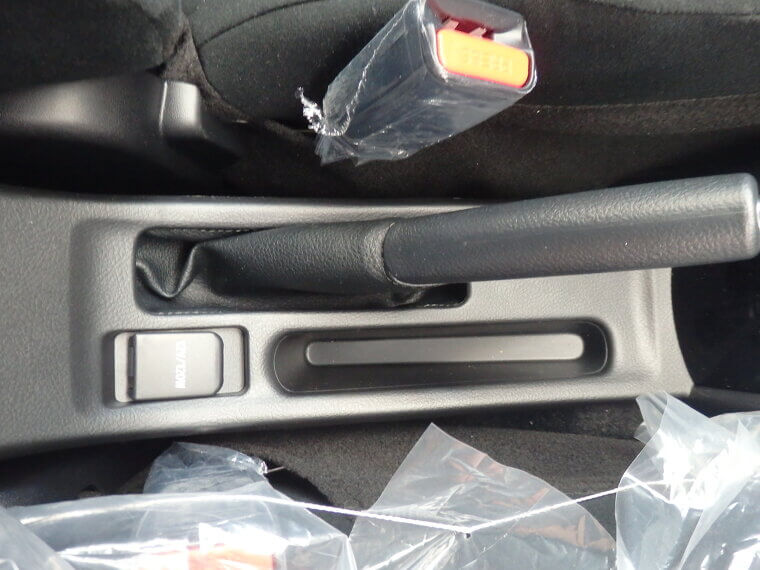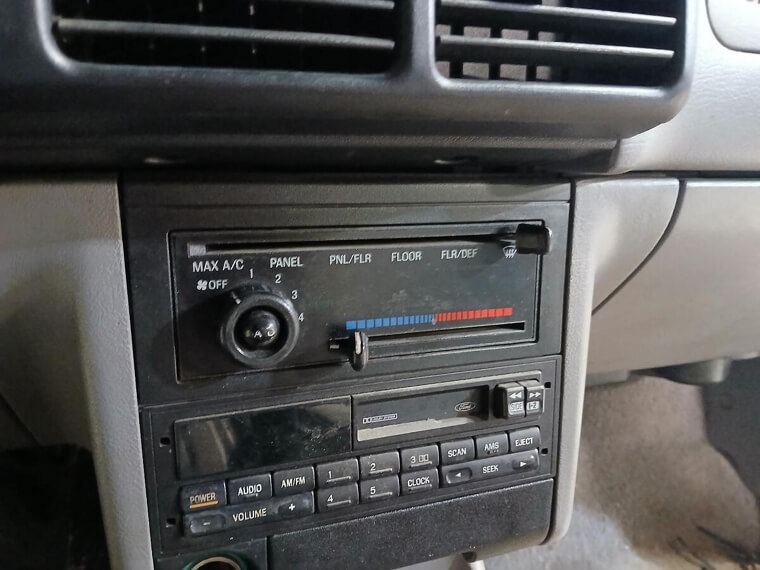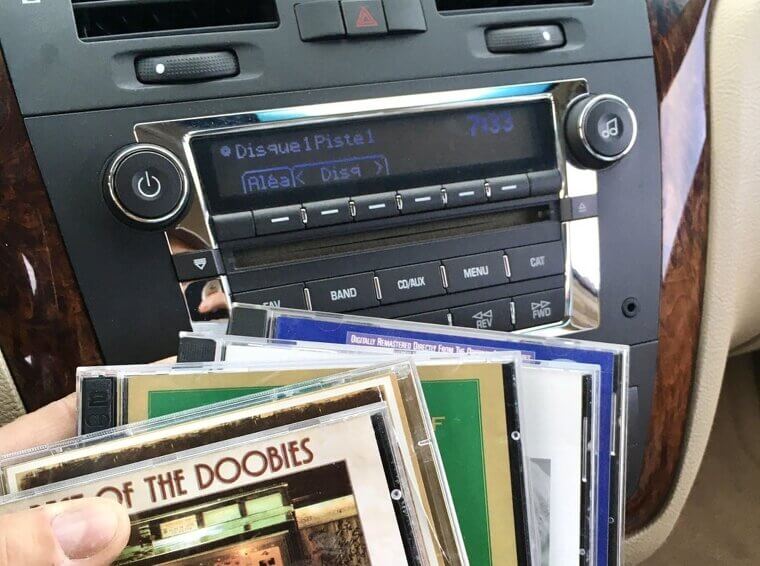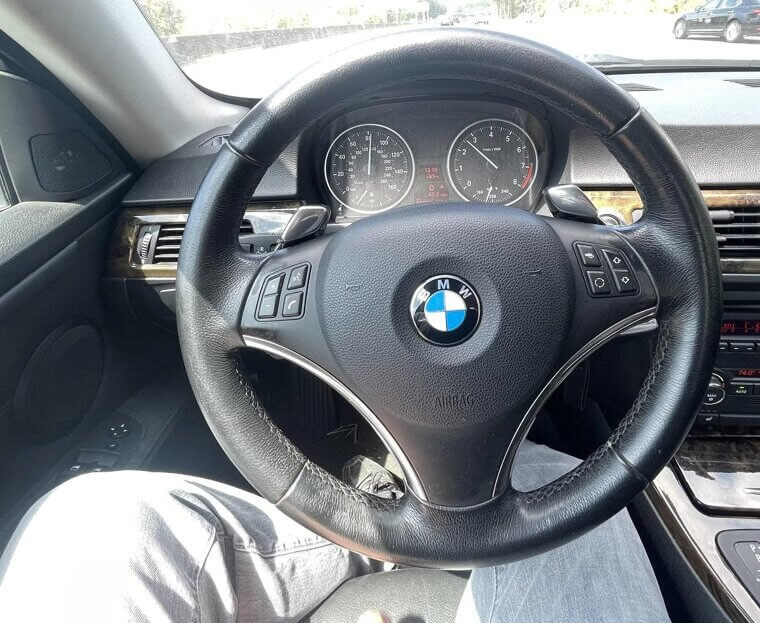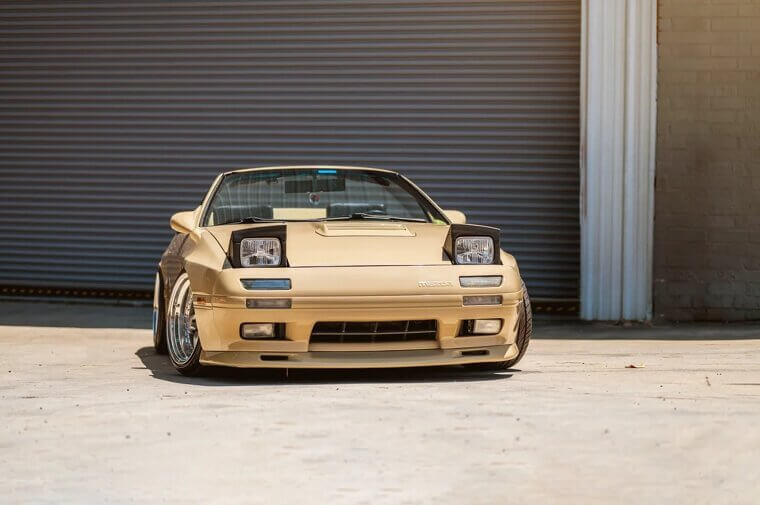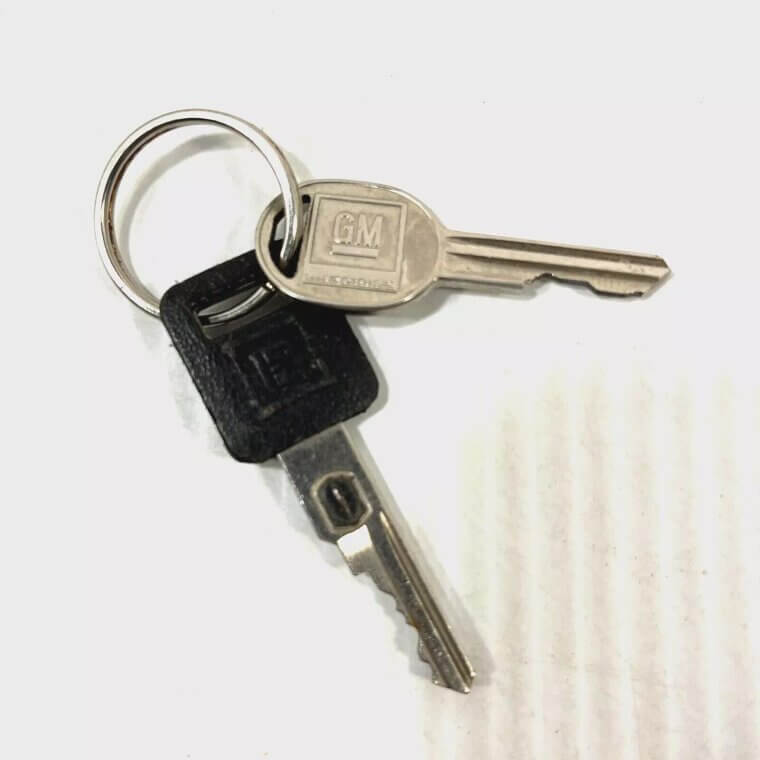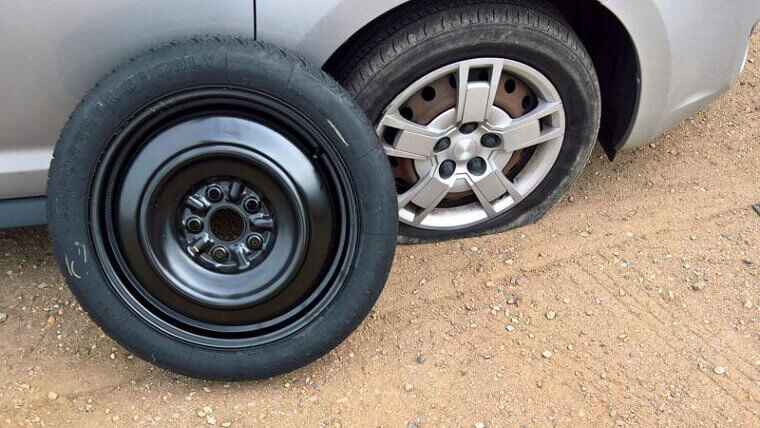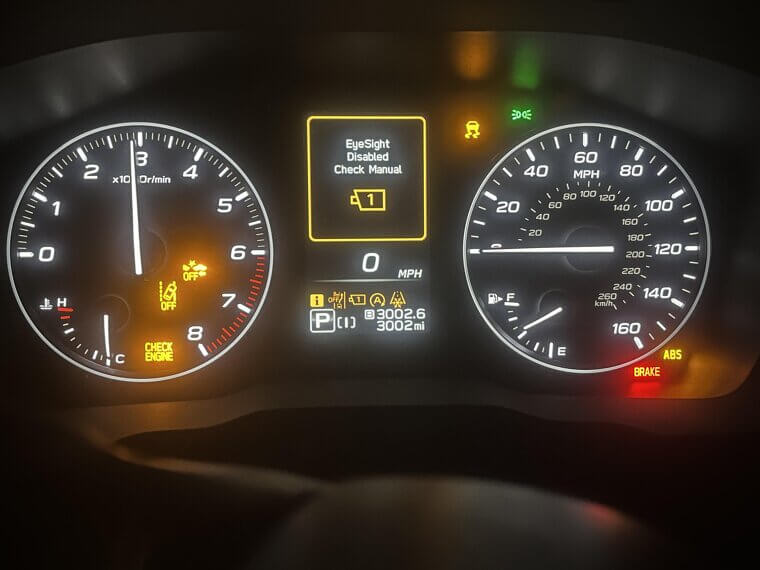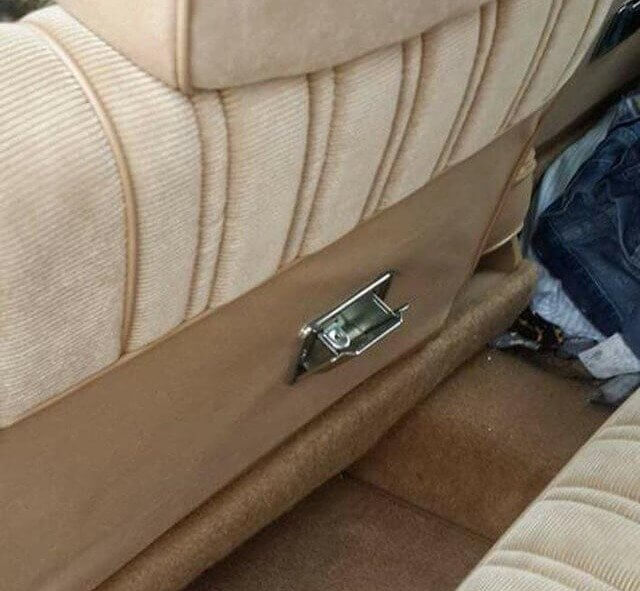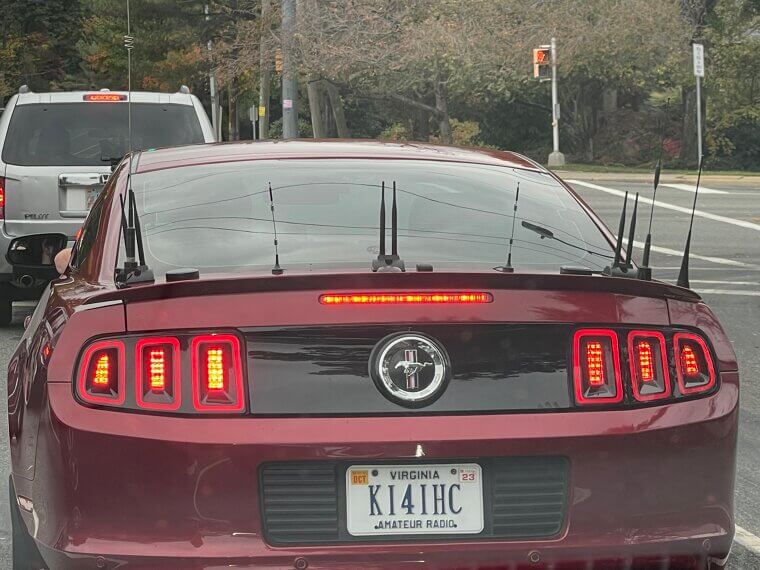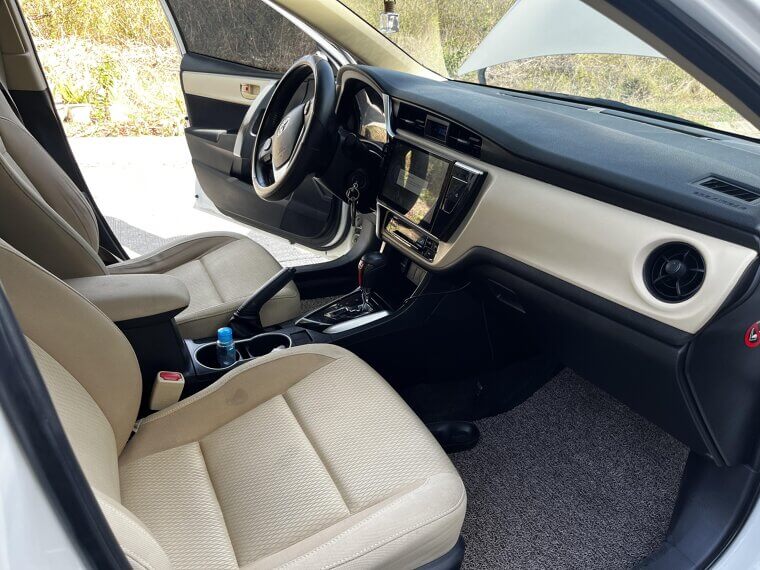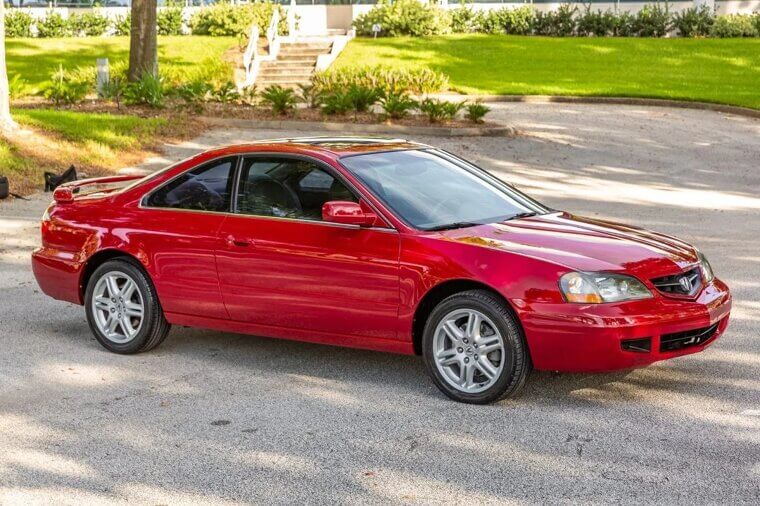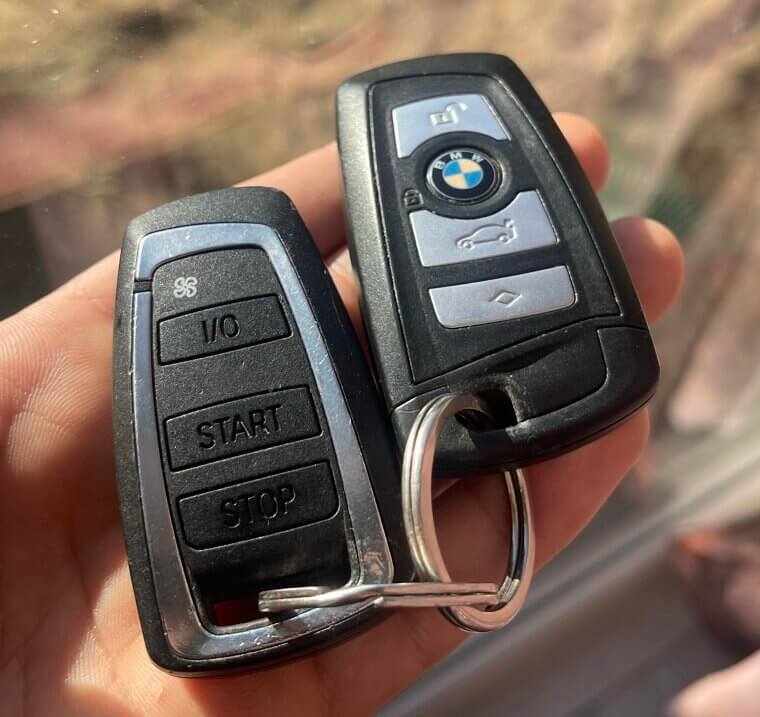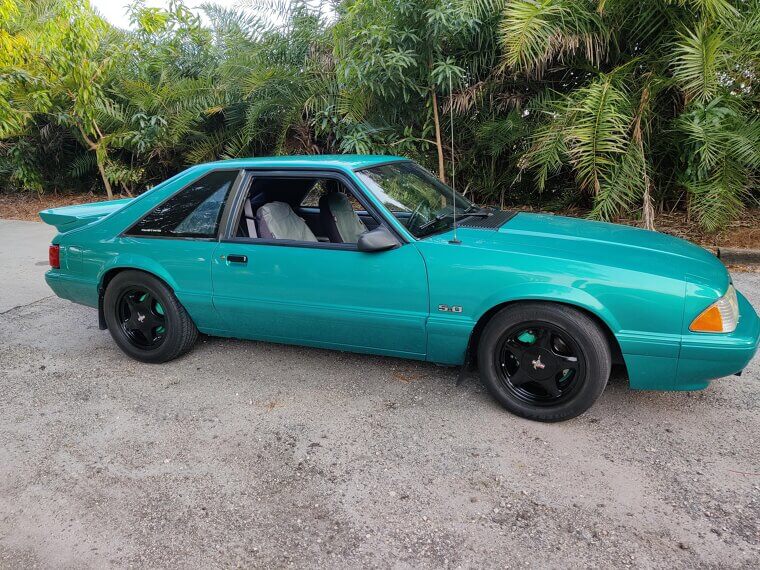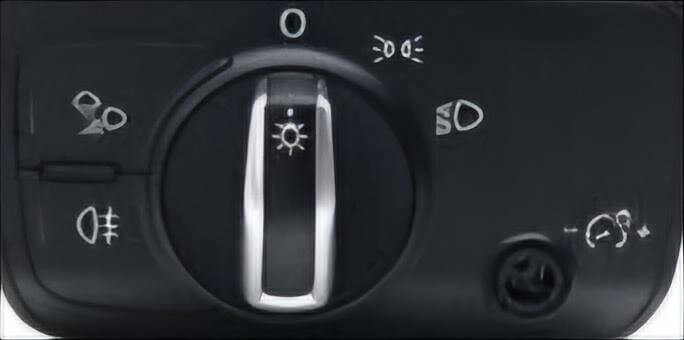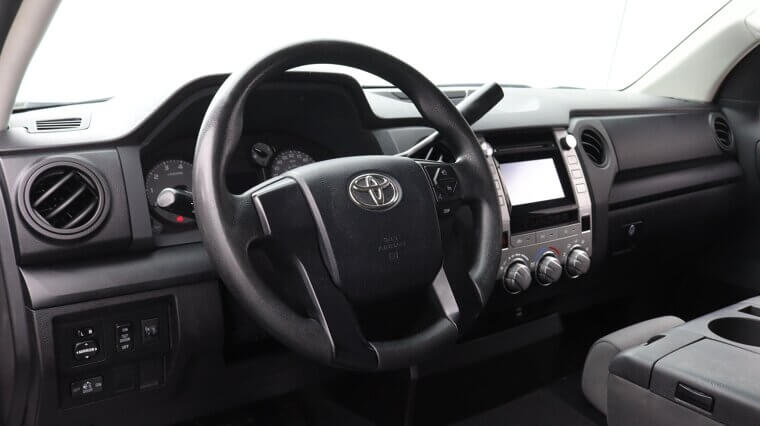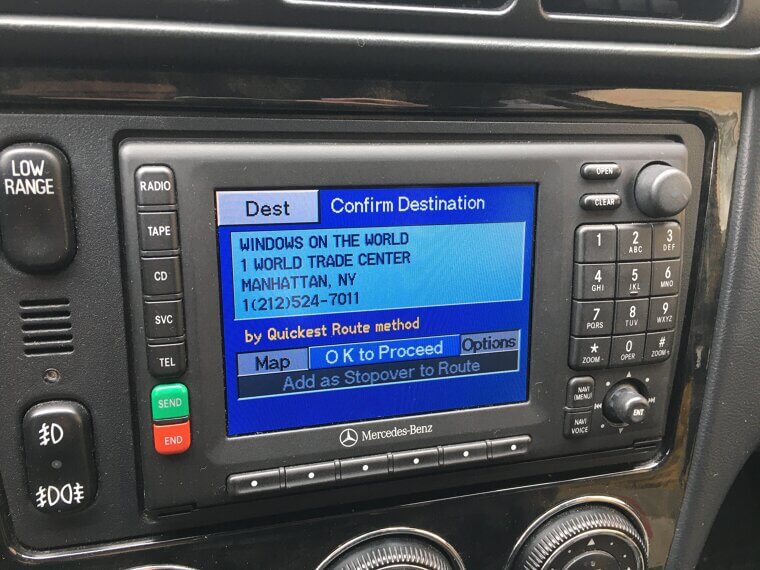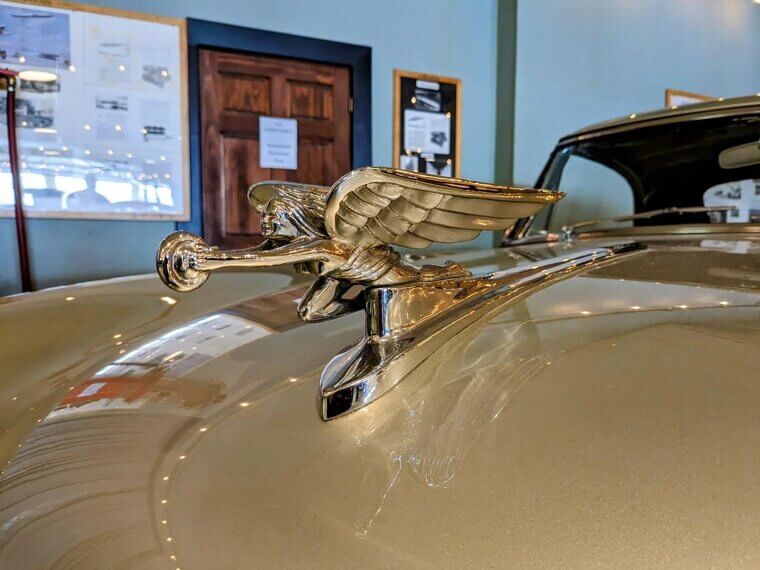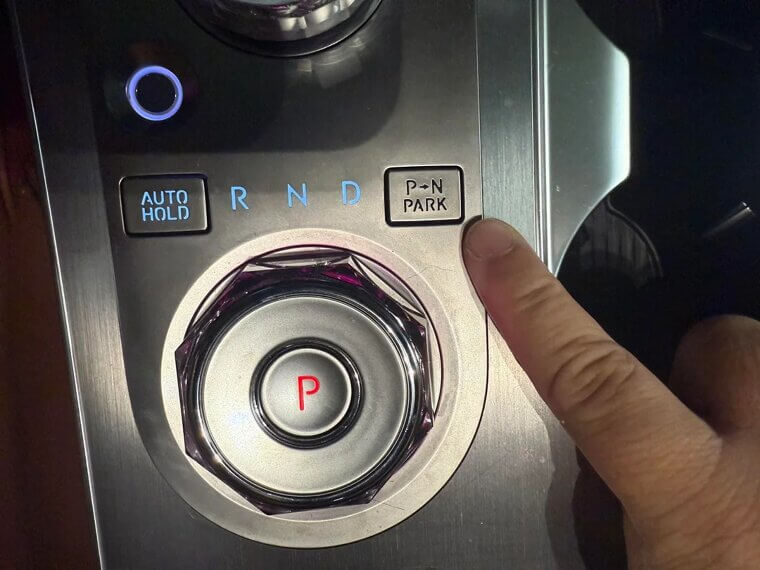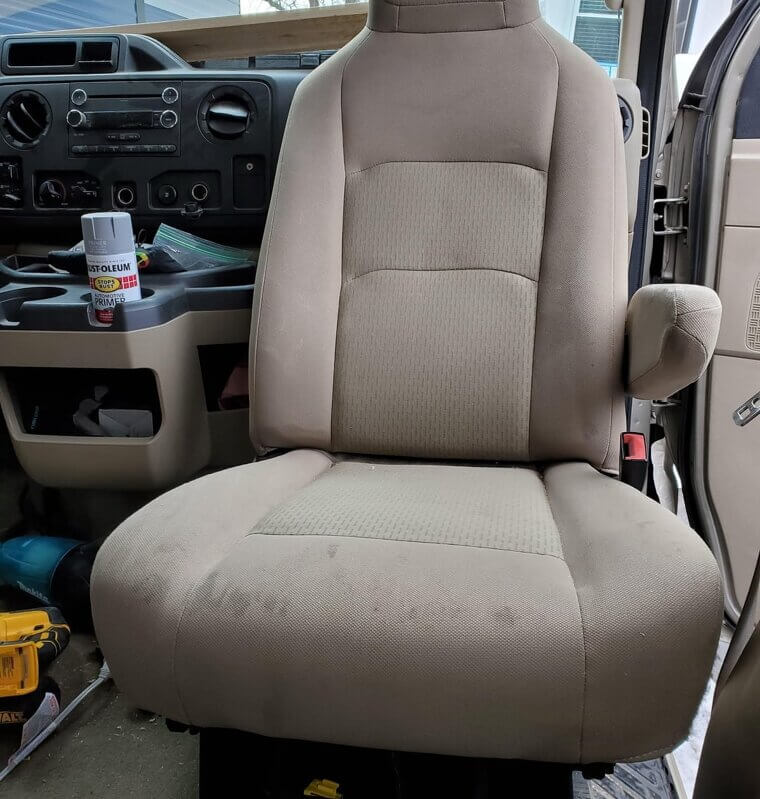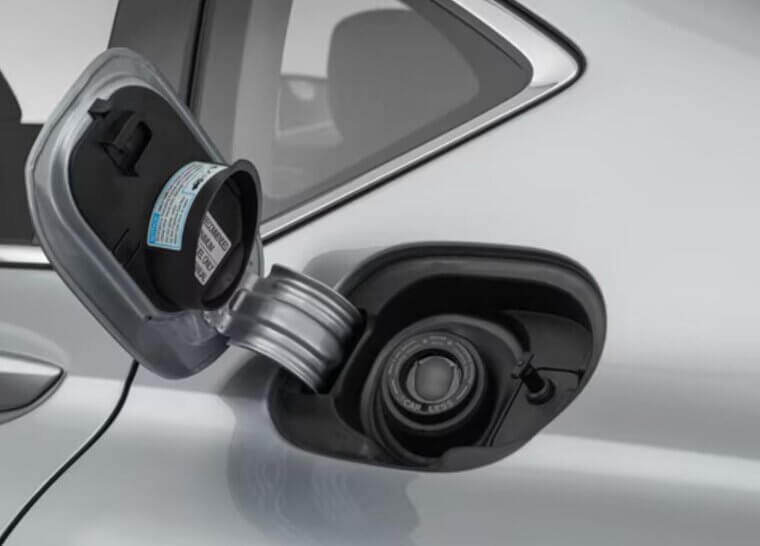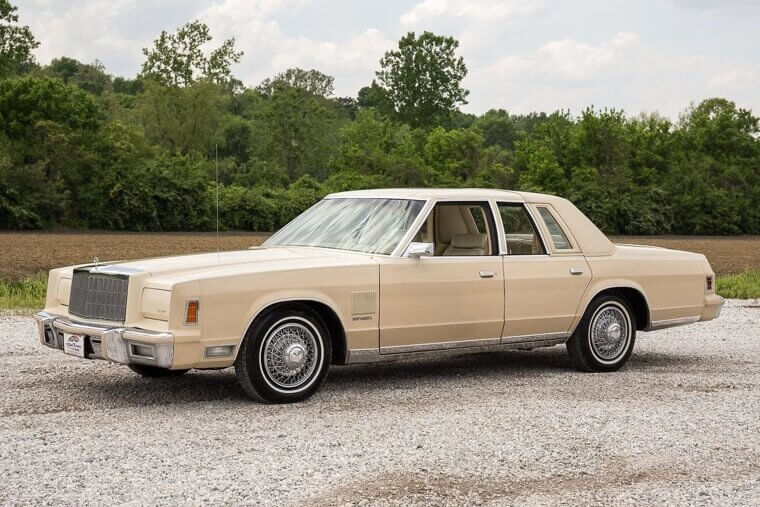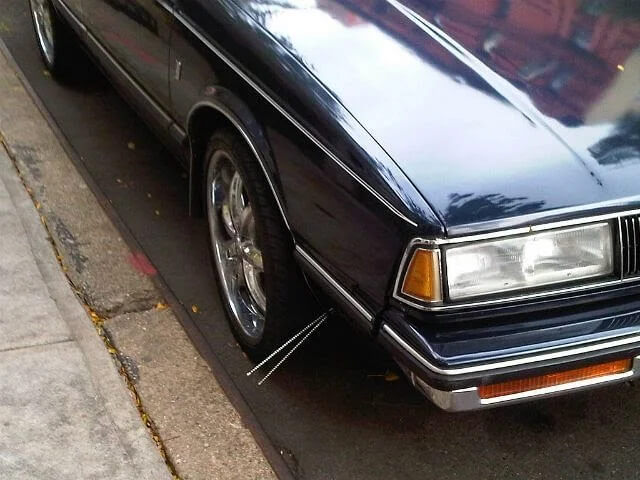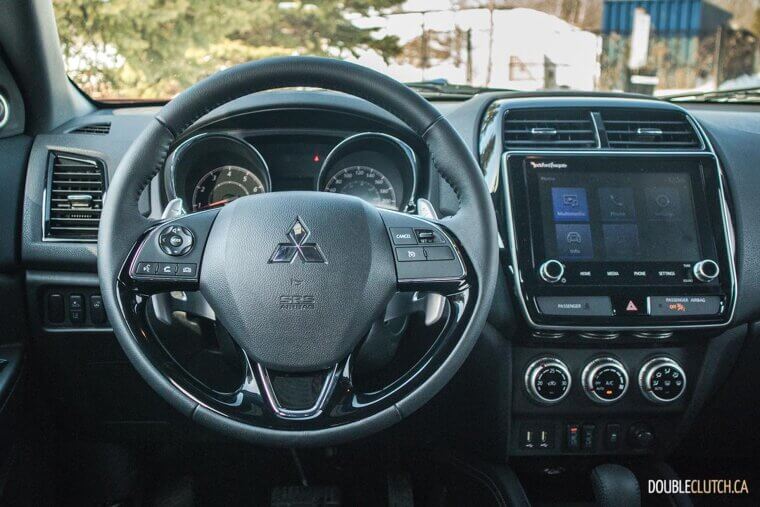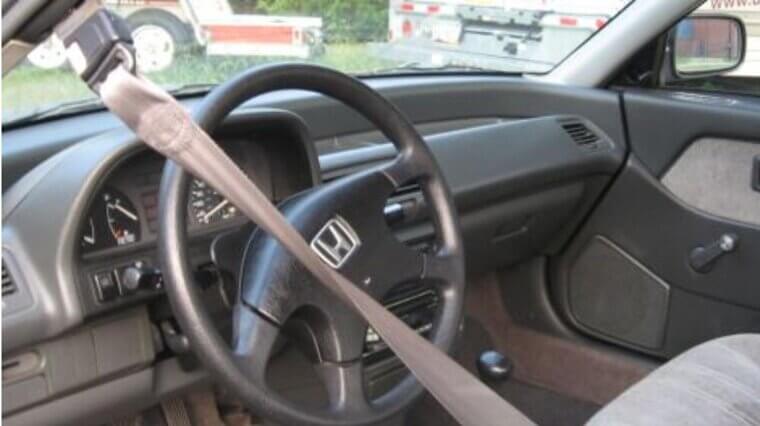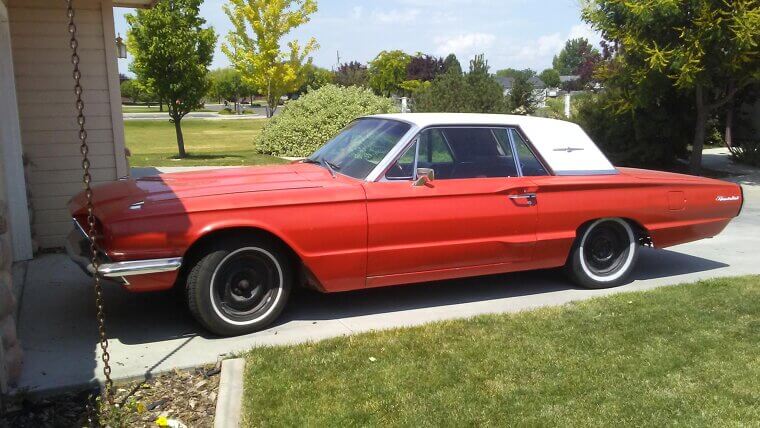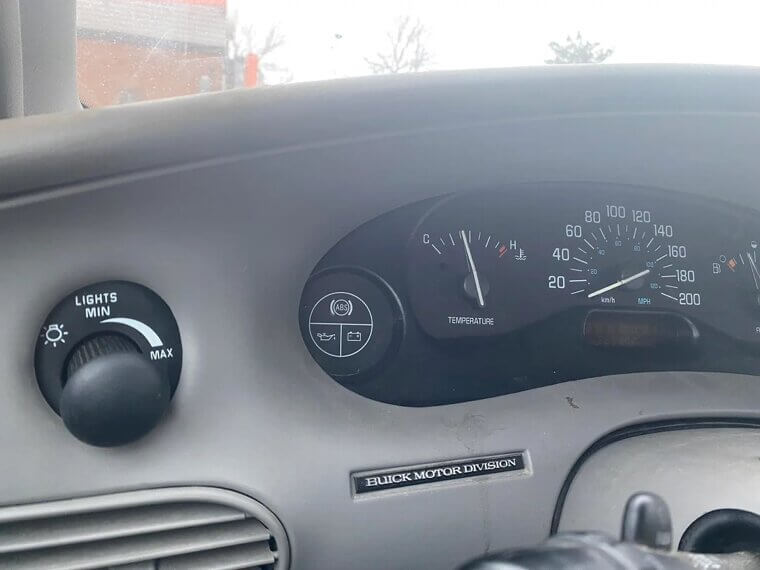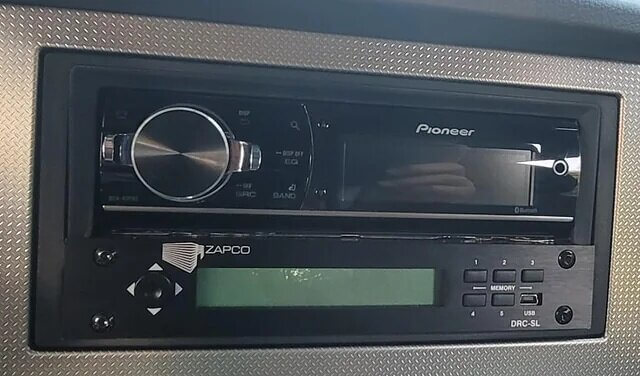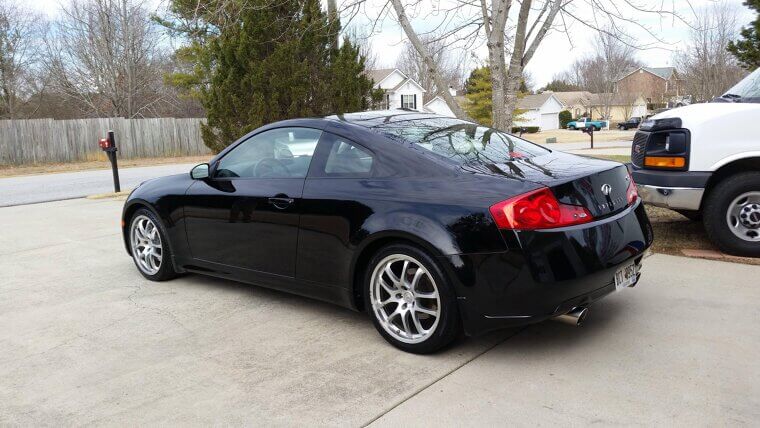Car Features We Want Back and Some We're Glad Are Gone
In recent times, cars have become increasingly revolutionary, which is great, but there are some old features that we miss—and some we definitely do not! Sound interesting? Continue reading to uncover some car features we miss and those we’re glad to forget.
Manual Handbrakes
Pulling a classic handbrake lever has a nostalgic feel, particularly when parking on a hill or navigating a tight space. Electronic buttons just cannot match the tactile sense and direct control that manual handbrakes provide.
Physical Climate Control Dials
You can feel-adjust the AC or heat even without taking your eyes off the road thanks to vintage knobs and buttons. These controls are now being hidden in touchscreen menus. Despite its technological appearance, it requires you to divert your focus from driving (not great!).
CD Players
In modern cars, CD players are all but extinct. They were once a must-have for road trips, but smartphone integration, Bluetooth, and music streaming services have replaced them. A playlist on your phone doesn't have the same personal touch as choosing a CD.
Hydraulic Power Steering
Real road feedback via hydraulic systems improves the driver's perception of control and grip. Even while modern electric systems are more adaptable and economical, they can feel weak in comparison. On the bright side, it’s better than having no steering assist!
Pop-Up Headlights
For many years, pop-up headlights were a design classic. They provided cars with personality and a distinctive nighttime appearance; they were sleek when off and dramatic when on. Because of aerodynamic efficiency and safety restrictions, they’re no longer found in modern cars.
Manual Transmissions
Manual transmissions are becoming less common as they’ve mostly been supplanted by CVTs and automatics, with the exception of a few enthusiast variants. It's unfortunate since for many people, learning to drive a manual is a fundamental (and funny) memory.
Keyed Ignitions
One of those old habits that is gradually fading is turning a key to start your car. With its modern feel and ease of use, push-button start has taken over. Nevertheless, the ensuing engine roar and bodily twist have a comforting quality and will be missed dearly.
Full-Size Spare Tires
Nowadays, the majority of new cars come with a repair kit or even a space-saving spare (like a donut). Manufacturers claim it will cut weight and increase fuel efficiency, but less peace of mind is the price.
Analog Instrument Clusters
Every dashboard used to be dominated by analog gauges. They provided you with all the information you required in a single glance and were easy to comprehend. These days, digital screens are the norm. Despite their flashiness, they occasionally put flair before functionality.
Lighters And Ashtrays
Lighters and ashtrays, which were once a common piece of equipment in all cars, have virtually disappeared from newer vehicles. Instead of them? Wireless chargers, USB ports, or empty plastic inserts. Not as fun, is it?
Retractable Antennas
You used to have to watch the antenna glide into the fender when you turned off your automobile. Although it was a little touch, it gave the car an upscale or even somewhat futuristic feel. These days, tiny shark fin patterns are used in place of antennae.
Cloth Seats In Base Models
We miss how easy it was when entry-level cars came standard with cloth seats. They were ideal for daily drivers and family vehicles, as they were breathable, long-lasting, and easy to clean. However, synthetic leather is now becoming more popular.
Two-Door Coupes
There used to be no shortage of reasonably priced two-door automobiles. They provided a stylish appearance without the cost of a true performance automobile. Four-door models are safer and easier to sell these days. The day Chevrolet converts the Vette into a four-door, two-row family vehicle, there will probably be riots, haha!
Flip Keys With Integrated Key Blades
For many years, flip keys with spring-loaded key blades were widely used. They were more satisfying to lock and unlock your car since they were small, strong, and mechanical. Flip keys are being phased out as more brands switch to digital keys or proximity fobs.
Tilt-Out Quarter Windows
In the past, a latch would twist to open these little side windows close to the front or back of the vehicle. Without blasting the cabin or breaking all the windows, they were excellent for getting fresh air. Over time, the necessity for these windows diminished.
Dedicated Fog Light Switches
Fog lights on older cars typically had their own switch, allowing you to turn them on when visibility decreased and off when it improved. These days, fog lights are frequently concealed under touchscreen submenus or connected to automated systems.
Manual Windows
In the past, practically all automobiles had crank windows. They operated regardless of the electrical gremlin you were battling that day, were simple to use, and rarely broke. We can all relate to the phrase "roll down the windows," even if most people don't miss them.
Column Shifters
Column shifters, once common in nearly all cars, added a touch of vintage flair while freeing up space on the central console. These days, center console sticks, push buttons, and rotary dials are more common.
Built-In Navigation Systems
In the past, factory satellite navigation was a luxurious and futuristic choice. However, most drivers now use Apple CarPlay or Android Auto as cellphones provide better maps and real-time traffic updates.
Hood Ornaments
Hood decorations used to be a status symbol that added luxury and individuality to even the most basic sedan. They gave cars personality, from flying ladies to leaping cats. Because of laws pertaining to pedestrian safety, they have mostly vanished nowadays. Boring!
Push-Button Transmissions
Some cars switched from gear levers to dashboard buttons to switch between drive, reverse, and park in the late 1950s and early 1960s. Doesn't that sound futuristic? In reality, the buttons frequently stuck or failed completely, leaving drivers perplexed.
Swivel Seats
Easy access and departure were promised with swivel seats. Passengers were able to slide in or out with grace as they swirled toward the entrance like a prop for a game show. However, many riders felt unsteady due to the worn-out and excessively space-consuming swiveling mechanisms.
Hidden Fuel Fillers
Although this feature made cars look better from the outside, it made refilling needlessly difficult. Frequently, the spring-loaded plates would snap or become stuck. Regulations and common sense eventually overtook the tendency. The gasoline doors of today may be uninteresting, but at least they work.
Opera Windows
A little oval window that doesn't open, improves visibility, and doesn't make sense is the epitome of "luxury." Opera windows, which added style but served no practical purpose, were popular on sedans from the 1970s and 1980s.
Car Phones
Car phones existed long before cellphones and Bluetooth. These wired systems, which were heavy, costly, and hardly dependable, were mostly utilized for display. Car phones soon became antiquated artifacts of yuppie society as mobile phones became more affordable and powerful in the 1990s.
Curb Feelers
The purpose of curb feelers, which were thin metal rods that protruded close to your tires, was to create a scraping sound when you approached the curb too closely. They were designed to help guard against damage to the hubcap and wheels, but instead, they bent readily or completely snapped off.
Voice Alert Systems
Some cars in the 1980s included artificial voices alerting you to low gasoline, open doors, or loose seatbelts. It appeared cool at first. The appeal eventually faded when the automated voice said, "Your door is ajar," for the third time while stuck in traffic.
Automatic Seat Belts
Automakers experimented with passive restraints that slid into position as the door closed to increase seatbelt usage. They were less safe than anticipated because they frequently lacked lap belts. Automatic seatbelts were swiftly relegated to the history of automobiles when airbags became mandatory in the late 1990s.
Fender Skirts
By hiding the upper part of the rear wheels, fender skirts gave cars a sleek, low-riding appearance. However, they just improved appearance and made tire changes a nuisance. Eventually, drivers determined that maintaining a land yacht-like appearance was less important than ease of upkeep.
Floor-Mounted Dimmer Switches
When there wasn't much room on the dashboard, some cars had the headlight dimmer switch on the floor. Driving at night was unpleasant since you had to pull off the clutch or gas in order to toggle high beams with your foot. By the 1970s, dimmer switches had been relocated to the steering column stalks, where they remain to this day.
Cyclops Headlights
A third headlight was added to the Tucker 48 in the late 1940s, and it rotated with the wheels. It sounded clever: a light that made it easier to see around curves. However, it added complexity, was prohibited in many jurisdictions, and provided little advantage above standard headlights.
Headway Hi-Fi
Imagine attempting to play a vinyl record beneath your dashboard while traveling down a rocky road. That was Highway Hi-Fi's concept in 1956. It played at a strange speed, skipped continuously on bumpy roads, and used specially manufactured records for cars. It was costly, difficult to use, and barely lasted two years before it became obsolete.
Vibrasonic Sound Systems
By adding reverb to the audio system, GM previously attempted to replicate the sound of a concert hall in your vehicle. Drivers experienced distracting echoes in place of rich sound, which distorted music and made speech difficult to understand. In theory, it sounded fantastic, but in reality, it was a complete mess.
Wood Side Paneling
Due to maintenance and safety concerns, it was no longer feasible to use natural wood in cars by the 1950s. Although some manufacturers manufactured woodies with metal, plastic, or wood-grain decals in an attempt to revive the trend, the new models were never popular.
Wing Windows
Wing windows, sometimes known as vent windows, were tiny windows that functioned independently of the main side windows. Vent windows, as their name suggests, were useful for bringing in fresh air and cooling the interior, but they ultimately posed a safety concern.

